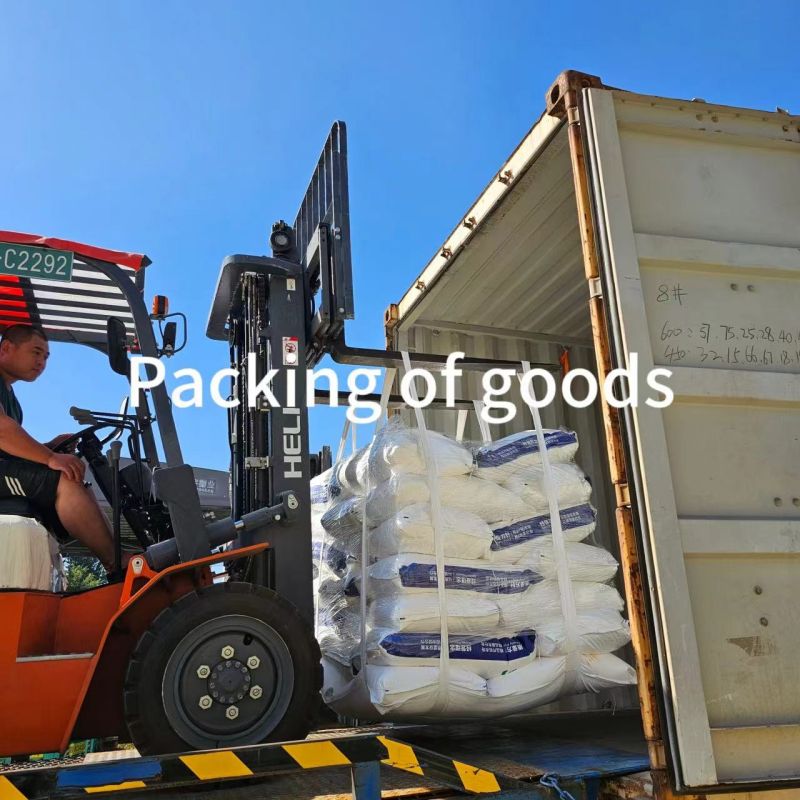Calcium zinc stabilizer and composite lead salt stabilizer refer to PVC thermal stabilizers that play a role in thermal stability in the production of PVC products. The difference between the two is as follows:
Calcium zinc thermal stabilizers meet environmental requirements and are currently widely used. Its characteristics include the following aspects:
1. The most important feature of calcium zinc stabilizers is that they are used in both transparent and opaque product formulations in chemical building materials, with strong applicability.
2. The price is lower than organic tin.
3. It has good compatibility and coordination with lead, tin, cadmium, and antimony stabilizers, and there is no sulfide pollution. It is suitable for manufacturers who have already used lead salt stabilizers to replace non-toxic and environmentally friendly products.
4. Another significant advantage of calcium zinc stabilizers is their good weather resistance, and products produced with qualified calcium zinc composite stabilizers will not produce discoloration.
Lead salt stabilizers have two major categories of monomers and composites, and lead salt stabilizers are basically used as the main stabilizer in China. The composite lead salt heat stabilizer adopts symbiotic reaction technology to mix the three salts, two salts and metal soap in the reaction system with the initial ecological grain size and various lubricants to ensure the full dispersion of the heat stabilizer in the PVC system, and at the same time, due to the co-fusion with the lubricant to form a granular form, it also avoids the poisoning caused by lead dust. Compound lead salt stabilizers contain both the heat stabilizer and lubricant components needed for processing and are called full-package heat stabilizers.Its characteristics are as follows:
1. Toxic.
2. Cannot be used for transparent products.
3. Good electrical insulation and weather resistance;
4. Low price;
5. Good processing performance suitable for various processes;
Post time: Apr-11-2024





